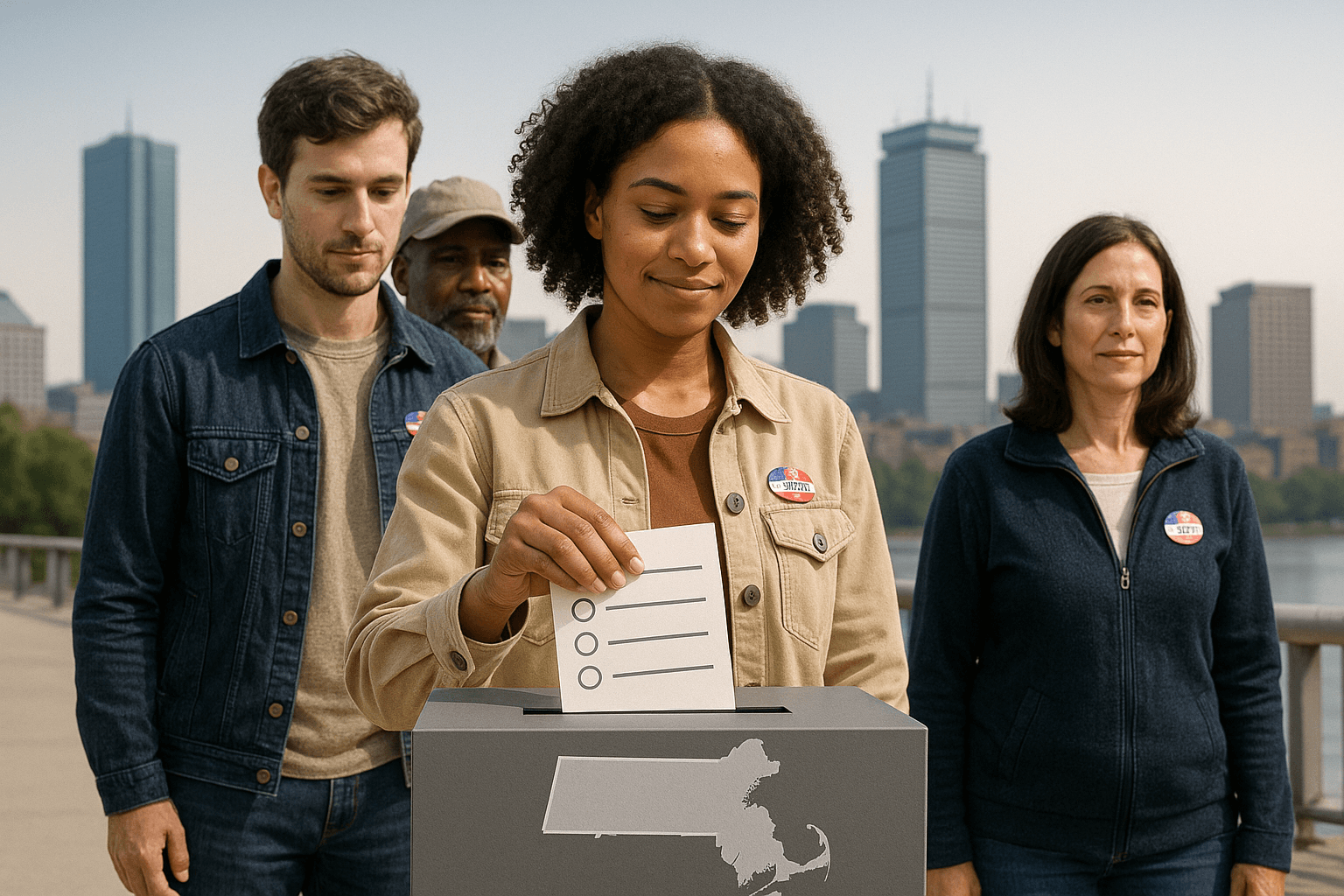How The Right Marketing Strategy Can Improve Political Participation

When looking at politics in a marketing perspective, there are several interesting facts that a politician could really learn from to improve the dynamic interrelation between the supply and demand market of political participation for the American people.
Given the mass coverage of public appearances, social media, and advertising during the 2012 elections, around 57.5 percent of the voter population cast a ballot. We know around 20 percent of these voters are political junkies, so the question is: “What happened to the remaining electorate?”
Reasons for low voter turnout range from mistrust over the weight of one’s vote, indifference between two candidates, or disbelief that a person or a philosophy can change the direction of the country.
Here is how a marketer sees this problem:
The first problem is a lack of options. American customers are most likely sick of the two party system, in which Democratic and Republican candidates alternate being in power. Under this oligopolistic market, a constant decline in consumption (or in this case, political participation) is mathematically and economically predictable.
A recommended solution is to arouse American appetite for politics by boosting options. Instead of forcing Americans to take sides and choose a fixer, let them be the fixer. Educate them about the problems facing our country, and give them the option to directly contribute to the solution. Give them the opportunity to vote for the idea, not for the polarized philosophy.
The second problem is that in a “winner-takes-all" system, all voters have to comply with the majority decision. In the economic market, competition encourages consumers to consume because different preferences have space to survive, modify, and affect the market share to some extent. It is the lack of respect for minority voices that discourages consumers from voting. Eliminating the “winner-takes-all” system would put more weight in the individual vote, hence revitalizing voter turnout.
An ultimate goal of marketing is to trigger customer desire. With the understanding that such desire only lasts for a few seconds, marketers constantly elevate our transaction platform so that an exchange can be made within those few seconds of instantaneous decision.
The third problem of the current political participation market is accessibility. It takes months to register to vote, hours to wait in line, and steps to get through the old-school polling machine. Unless such issues are addressed, an increase in voter turnout is almost impossible.
In marketing, an account department conducts market research and identifies a target market. After identifying the target, marketers develop a marketing campaign around that demographic to deliver a consistent message as well as appeals. Unlike normal business, political campaigns cannot confine their target market within a well established niche. In an attempt to win the majority, politicians are tempted to flip-flop in order to have it both ways. Such schemes might work, but from time to time, it creates cynicism among voters. This, in turn, discourages voters from taking action.
It might be a long shot, but a clean positive campaign during which candidates deliver and educate voters on what they stand for rather than attack others would boost voter morale.
Above all, follow-up strategies are key to any marketing strategy. Marketing doesn’t stop at payment; rather, it follows customers until they bring their goods home and use it. Marketers care about consumer feedback and relentlessly address daily issues raised by their consumers. Marketers are forward thinking and understand the importance of re-usage rate.
The final problem of most politicians is their failure to communicate to constituents post-election. Instead of celebrating their victory, following up with their constituents and continuing the collection of responses and concerns are ways for politicians to maintain their voter loyalty.
Above are some of my marketing observations on the market of political participation in the U.S. What do you think? What else can we do to improve national political participation?
Photo Credit: Cienpies Design / shutterstock.com




